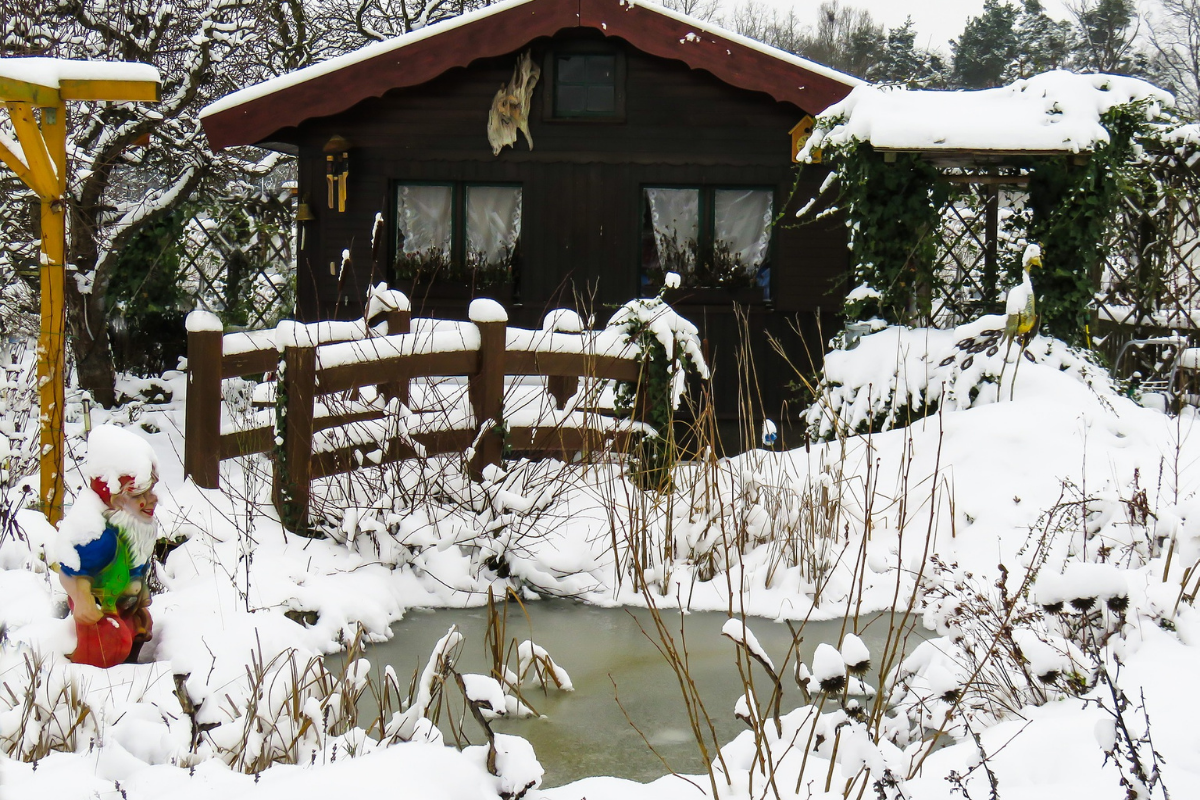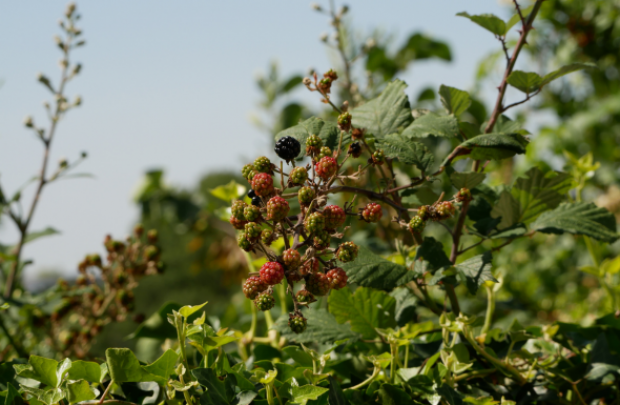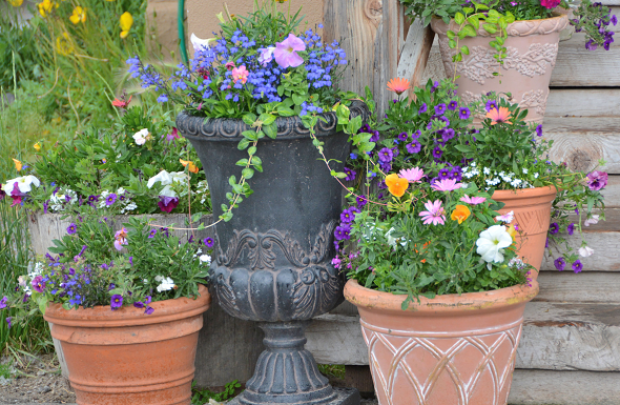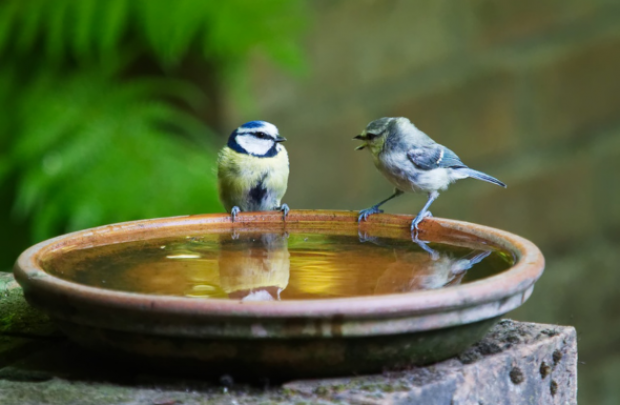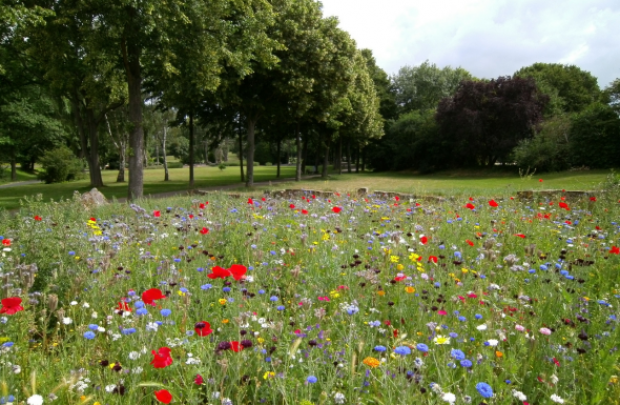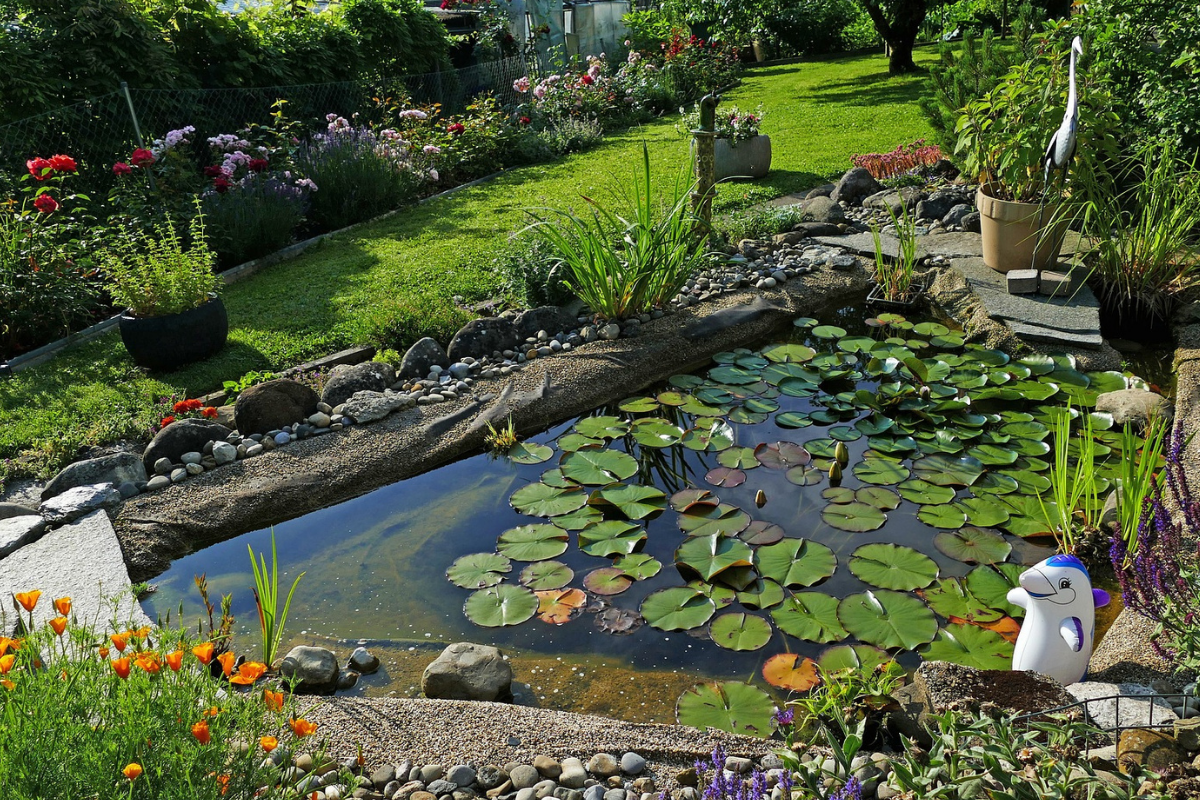
What's wrong with my pond?
Creating a pond for wildlife is one of the best things that you can do to help your local wildlife. Even a mini pond on a balcony can quickly become home to a number of plants and invertebrates, as well as attracting thirsty visiting birds. If you are just getting started with a pond then check out our beginners’ guide.
Everyone has a slightly different picture in mind when we think of ponds. One feature most ponds share is a wonderful balance: most importantly in the condition of the water, but also between floating and emerging plants, as well as between smaller pond skimmers and snails compared to larger fish or amphibians. When we lose this balance, things go wrong and it can be hard to know why. This blog explores some of the ways in which ponds can lose this balance as well as ways we can work to get them back on track, without costing the earth.
Why don’t I have any frogs?
First off, don’t panic! Sometimes it can take amphibians a few years to find your pond, especially if it’s first added in the summer months. This is because the migration of frogs and toads takes place on the warm, mild nights of early spring. Make sure that you add wildlife passageways to your space’s borders and encourage your neighbours to add them too, so that any local amphibians can hop through to your pond. Improving the connectivity of your local area like this will also help if you think there are too many frogs in your pond!
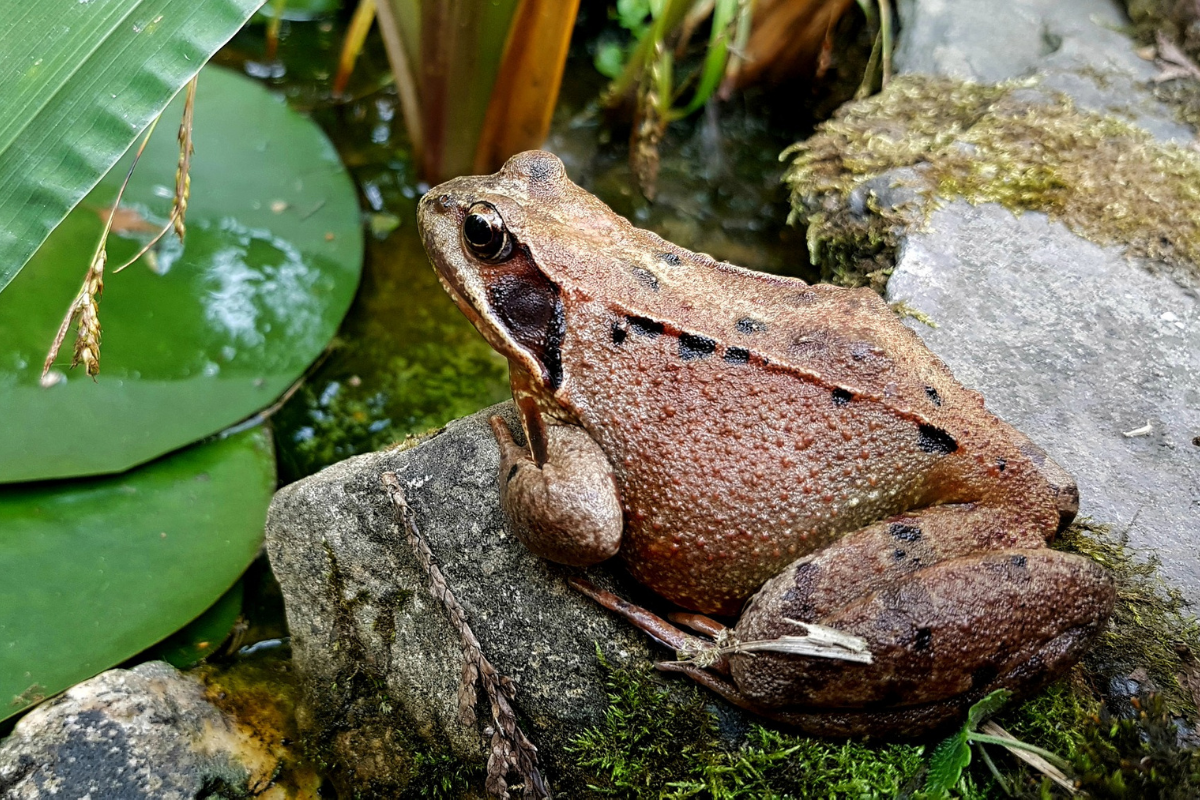
If you’ve been waiting for a long time there are a few ways you can make your pond more attractive for frogs. Pond size isn’t too important for frogs, as long as it’s above a metre squared in area, with parts up to 60cm deep and either a gentling sloping side, a ramp or shallow steps leading into the water. You can also make your pond more attractive by following all the advice in this blog, and by adding other features amphibians use on land, like log piles, leaf piles and compost heaps.
What’s happening to my pond plants?
This question has a lot of possible answers, and it can take a pond testing kit to discover what exactly is going on under the surface. We’re going to focus on some of the most common problems.
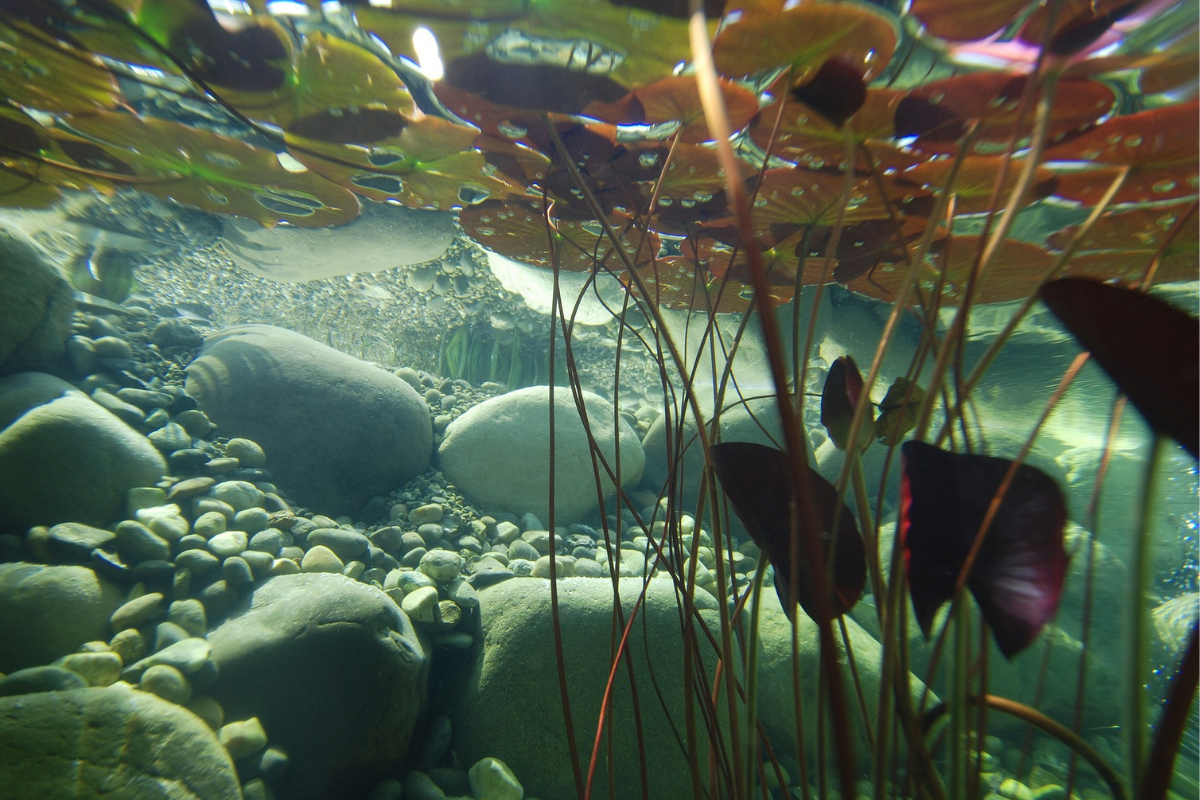
Nutrients
Your plants can be harmed by a high nutrient load. This can happen if pesticides or fertilizers are draining into your pond. These chemicals can also cause complications for pond wildlife, so stopping pesticide use is likely your best option. Nutrient levels will start low when your pond is first establishing itself, and they may also drop if there are too many plants competing for them. The easiest way to boost your nutrients back up is by using pond plant feeder. Remember, you should only use this once you’ve trimmed back any excess vegetation - otherwise you’ll have to use them regularly, which will add lots of chemicals to the pond and add up financially.
Sunlight
Another vital resource that your pond plants need to grow healthily is sunlight. Your pond plants might not receive enough sunlight if the pond is in the shade, plants have grown too large for the pond or if too many plants are competing for light (especially if blanket weed or duckweed have taken over). Small ponds are particularly vulnerable to overgrowing and overcrowding. It’s easy to remove and trim back plants to help the rest to thrive, so this should be your first step. Removing blanket weed and duckweed, as well as any fallen leaves, will also help your pond get enough light. Make sure to leave them next to the pond for a day so any aquatic life can make its way back into the water. If you leave fallen leaves in your pond they can make your pond more acidic, and overhanging trees also throw shade over your pond so try to carefully choose pond plants that can make the most of these conditions.
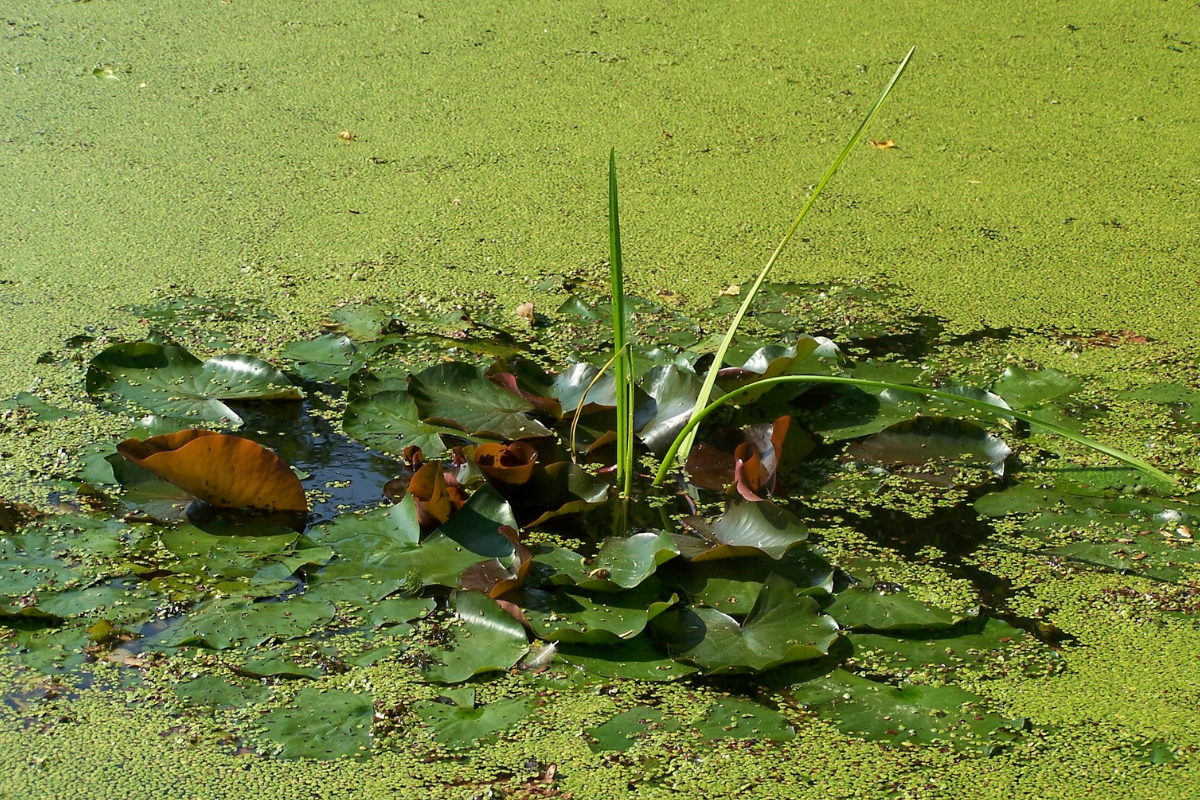
Which plants?
Native species of pond pants are generally sturdier, as they are better adapted to our environmental conditions. Our wildlife is better adapted to them too. Some non-native plants are classified as invasive species, because they can cause significant damage to the environment. To help stop the spread of these species, as well as pond diseases, please don’t transfer water to your pond from one elsewhere, or move plants or animals from pond to pond. The Be Plant Wise campaign provides some helpful guidance, including a list of the species to watch out for.
Why is the pond water a strange colour?
If there are any fish in your pond then you should get a test kit and identify the issue quickly if the water goes a strange colour, as their health can be affected. Other animals like frogs are able to leave the pond on their own. Pond treatments to get things back in balance are a big business, but by understanding what led to your current pond conditions you should be able to keep it in balance going forward, saving money on the treatments and also avoiding pumping more chemicals into the ecosystem.
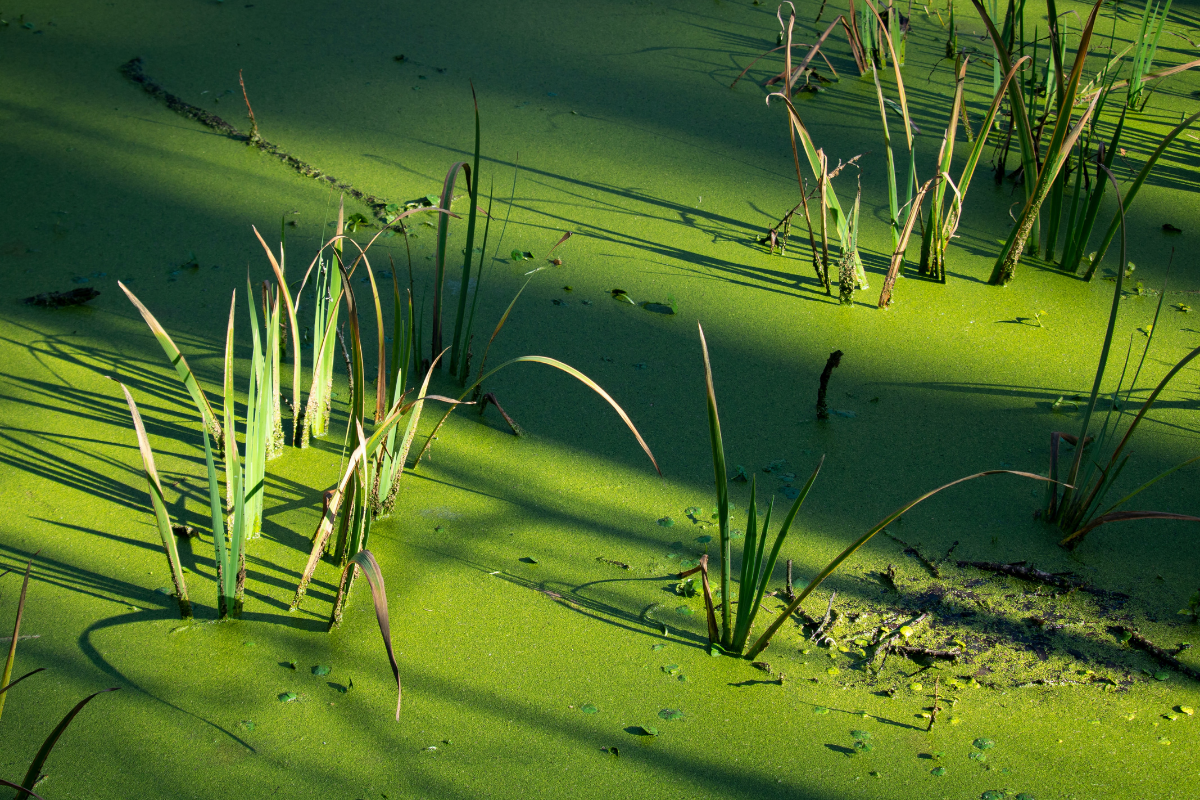
A pond turning green is a problem that is particularly common in new ponds and during summer months. This is because it takes time for the nitrogen cycle to stabilise and so peaks of ammonia, nitrites and nitrates can lead to booms in algal growth. It can take time for your pond to come back into balance, during which the excess algae may put off wildlife visitors and harm some of your pond plants. You can help get your pond back into balance by adding barley straw to the pond. As this natural product decomposes it release chemicals that suppress algal growth. Similarly, by adding marginal pond plants like lesser spearwort you can throw shade over the shallow areas of the pond where algae grows. In the long term you can also reduce nutrient build up by removing leaves as they fall into the pond and stopping the use of pesticides and fertilizers.
Pond water turning brown is most likely due to sediment washing into the pond, due to something like heavy rain or a ripped liner. If it stays muddy for too long then the pond can turn toxic, as dissolved oxygen levels drop. A pump uses beneficial bacteria to add oxygen to the pond and prevent this from happening, but in most cases the same affect can be achieved by adding oxygenating plants like water crowfoot. Occasionally ponds may also turn black. This is rarer and usually a sign that a few different things are out of balance in your pond. It is well worth starting by checking for rips in your pond liner, but to get to the bottom of this one you will probably need a testing kit.
Should I add fish to my wildlife pond?
If you would enjoy having fish in your pond, go for it! Fish can have some benefits in ponds, by helping to stir the water and playing a role in the nutrient cycle. Like everything else in your pond, fish should exist in balance with the pond’s processes. This means not having too many fish, as they could start driving down dissolved oxygen levels; not overfeeding them as this can lead to high nutrient loads with algal blooms and foamy water; and installing filters to deal with their waste which could otherwise pollute the pond. It is important to keep these factors in mind and sustaining balance in your pond, because otherwise the health of your fish could be affected.
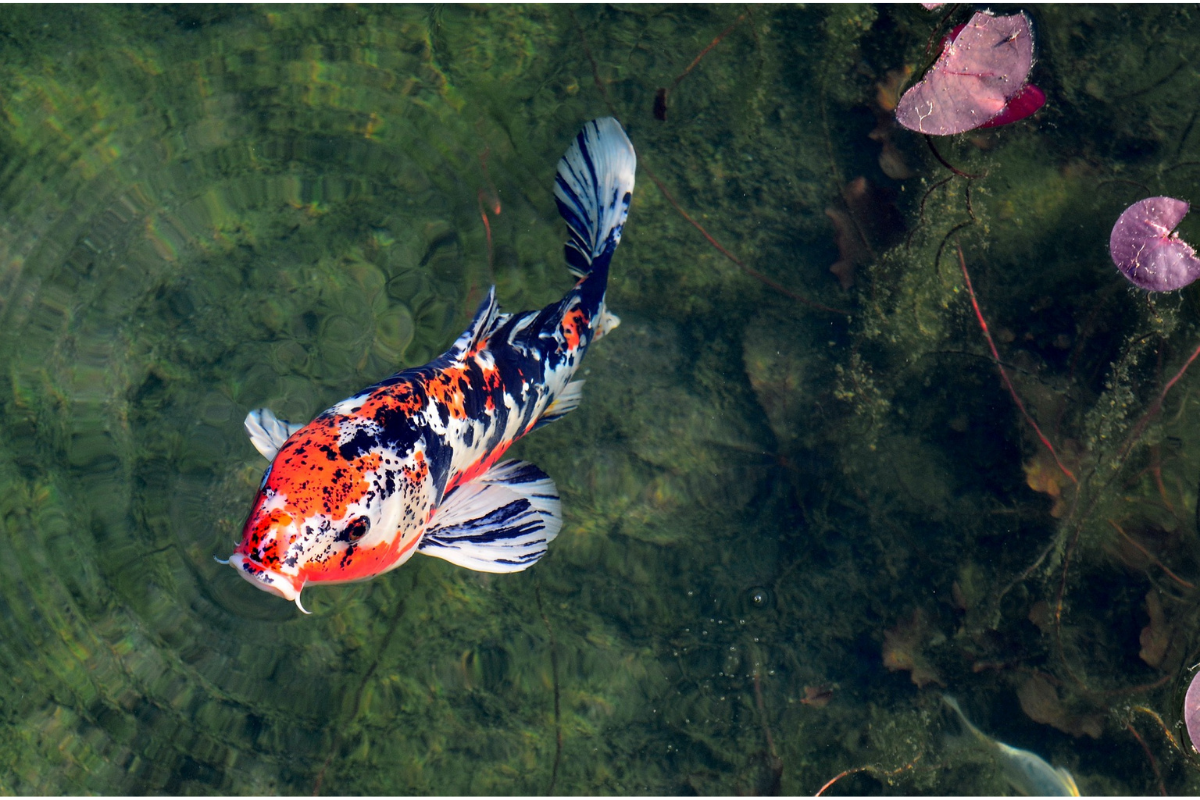
For a small pond, or a larger one dedicated to wildlife like frogs and newts, it is best to avoid fish. Fish can very easily dominate ponds, predating on smaller animals, like tadpoles, who they may share the space with. Only by creating some areas of really dense vegetation that the fish can’t get through can these two groups reasonably share the space. The simplest solution for wanting both frogs and fish is to have more than one pond.
My pond is disappearing, what do I do?
It is normal for ponds to change size through the year. During the summer evaporation can reduce the water level, and it will naturally top up again during the winter. Dramatic drops in pond level are most likely to be due to a ripped liner. If this is the case, try to avoid draining the pond entirely, as this can be harmful and stressful for your pond wildlife.
When your pond level drops in periods of drought, heat or for any other reason topping it up with more water may seem like a simple and easy solution - and it is! But you need to keep a couple of things in mind. Firstly, don’t use water from another pond as this can lead to the spread of diseases and invasive species to your pond. It’s important not to just use tap water either, at least not straightaway. Our tap water contains chloramines to make it safe for us to drink, which can throw your pond’s nutrient cycle out of balance. If you leave tap water to stand for a week these chemicals will dissipate and the water will be safe to use. A great alternative source of water is rainwater! You could add a water butt to your space so you can collect rainwater in the winter to use in your pond through the summer. Some local councils even subsidise the cost of this piece of kit. No matter what source of water you use one last thing to consider is temperature. If the water you’re adding is much colder or warmer than the water already in your pond then your plants and animals can be hit by a harmful thermal shock.
How do I keep my pond from freezing?
A frozen pond can kill some of your pond plants, so it is better avoided. Adding a floating item, as simple as a tennis ball, will help to stop your pond freezing over in moderately cold temperatures, because as it bobs on the surface it keeps the water from going entirely still. If it gets very cold and the pond freezes anyway, the best way to melt the ice is by removing any covering snow before pouring warm water over the ice surface.
